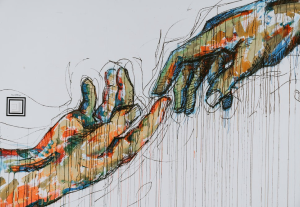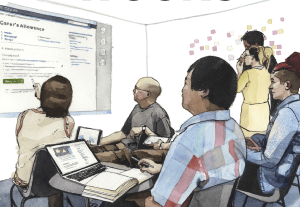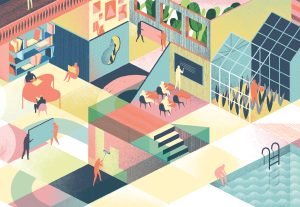- Customer Experience, Design, Design Theory, Usability, UX Education, UX Magazine, UX World Changing Ideas
While brainstorming, it is always a good idea to think of as many ideas as possible in the initial stage. Check out one more technique — an “Operator Overloading” approach that might diversify your ideation processes.
-
The author identifies the term “Operator Overloading” in this context as a brainstorming approach when coming up with product ideas.
-
The steps taken in this approach are as follows:
- Jot Down the steps involved in the current process
- List the operators in each step.
- Make a collection of all the operators from the previous step.
- Try to think of optimizations for each operator.
-
The author gives 3 examples of “Operator Overloading” in action:
-
Prompt: Design an iPad case for a doctor’s office.
-
Prompt: Design a better way to remember which page you are on in a book.
-
Prompt: Design an easier way to carry groceries without a carю
-
-
While the ideas generated using “Operator Overloading” technique might not always be optimal, it can serve as a good starting point in the initial stages of ideation.
Share this link
- June 8, 2022







